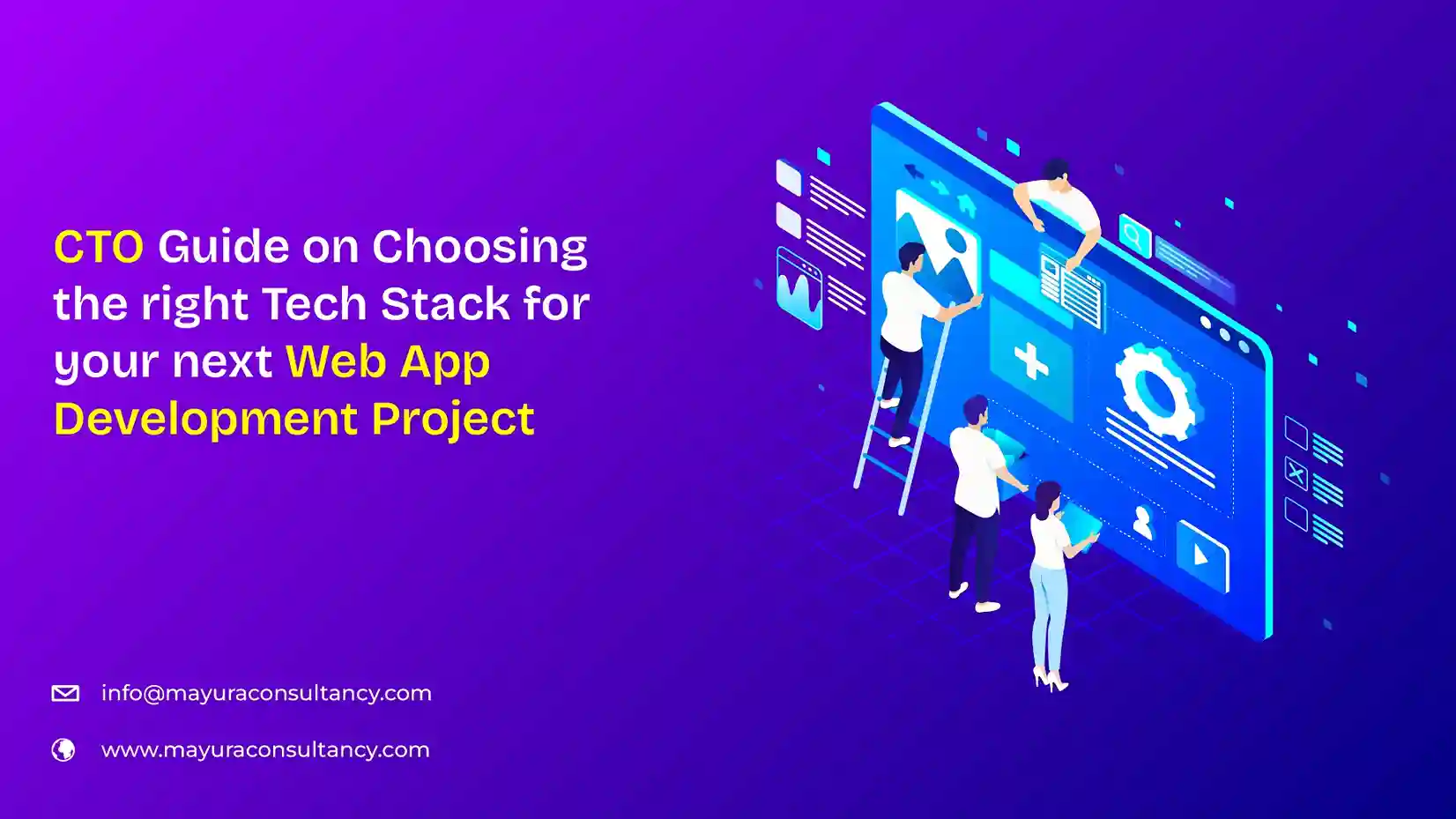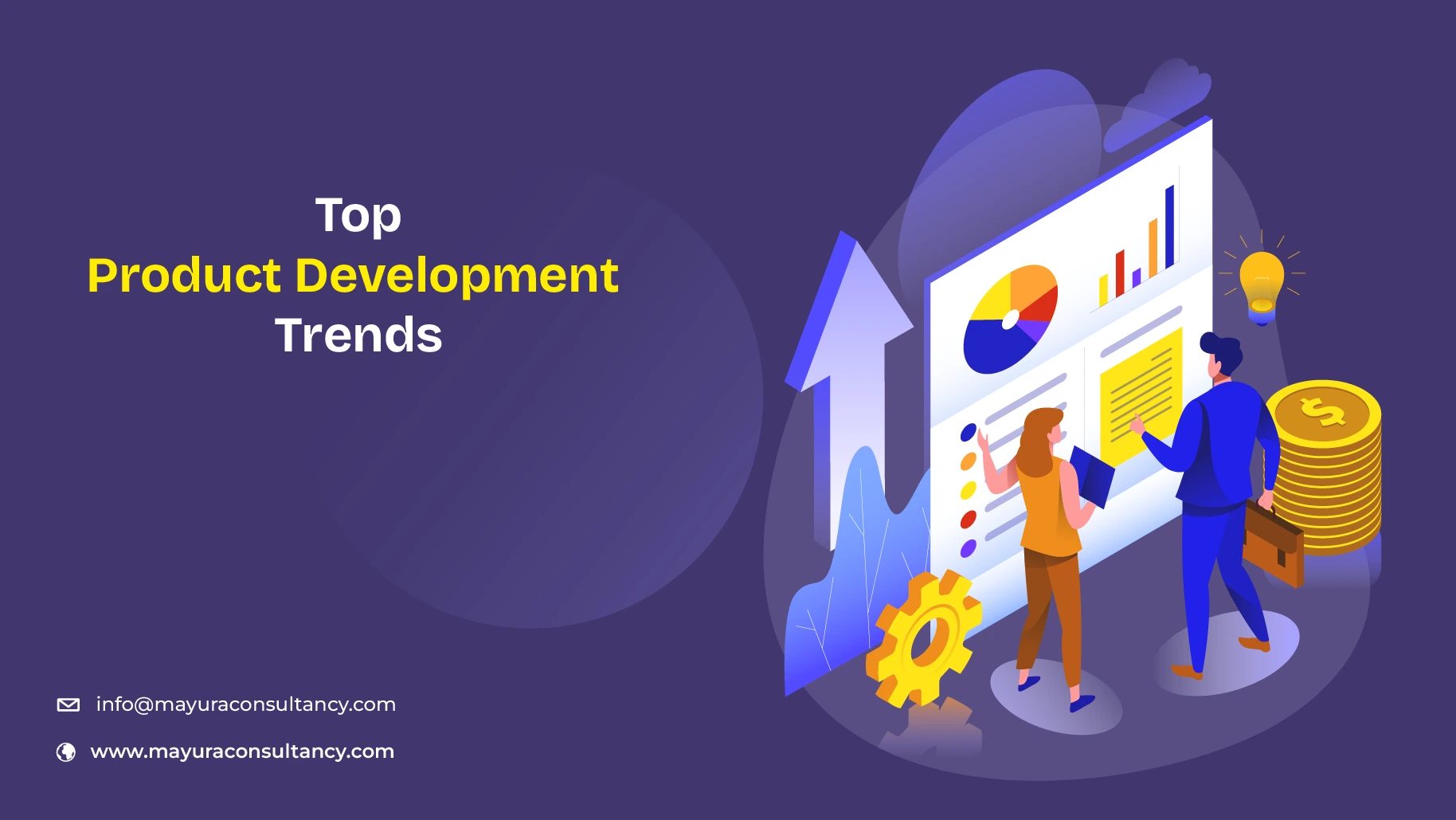If I say, “Edge Computing will be the future of data processing” you might think it is an exaggeration, but No, that is the reality!
Edge computing is rapidly emerging as a game-changer for businesses across various industries. By processing data closer to its source, this technology transforms businesses with unparalleled speed, efficiency, and security.
As we move ahead in 2024, edge computing is evolving more, and many new trends are emerging. But how do these trends impact businesses? Let's find it in this blog but before that, we need to understand what Edge computing is.
This Article Contains:
What is Edge Computing?
In simple terms, Edge computing is a technology that enables organizations to process data close to the source where it is generated.
Some examples of edge computing use cases are wearable health devices, automated traffic management systems, self-driving cars, industrial IoT devices, security cameras, surveillance systems etc.
What are the Latest Trends in Edge Computing?
As more businesses are adopting digital transformation and relying on data for decision-making, edge computing has emerged as a key driver to improving operational efficiency. In 2024, many innovations are happening in this industry, including edge analytics, AI integration, and others, shaping the future of businesses. Here are the future trends in edge computing.
1. Integration of AI in Edge Computing
Artificial Intelligence has taken the world by storm for the last few years as businesses are using this technology to drive efficiency, enhance decision-making, and foster innovation. But how does the integration of AI in Edge Computing benefit businesses?
Integrating AI with edge computing can reduce latency and enhance decision-making.
For example, a manufacturing company can integrate edge computing with AI to detect issues by analyzing data in real-time to avoid costly breakdowns and minimize downtime. This seamless integration enhances operational efficiency, maximizes productivity, and saves money.
AI has been a revolutionizing technology with so many applications in businesses. If you want to know about the latest in AI, consider reading our blog, Top AI Trends.
2. 5G is Propelling Edge Computing Growth
Did you know 5G can deliver data speeds up to 100 times faster than 4G? This lightning-fast speed of 5G can enhance the capability of edge computing. As 5G networks become more extensive in 2024, they are set to propel the growth of edge computing to unprecedented levels, making it one of the latest trends in edge computing.
But what will be its impact on businesses? Let's take an example.
In healthcare, 5G-powered edge computing allows doctors to monitor patients remotely. They can receive immediate updates on patient health, enabling timely medical interventions and faster responses to emergencies.
5G has emerged as one of the latest mobile application development trends. If you wish to know more about the top mobile app development trends in 2024, Consider reading our blog, Top Mobile App Development Trends.
3. More Focus on Cybersecurity
Processing data at the edge has many advantages but comes with many security risks amid growing concerns about ransomware attacks worldwide. According to Statista, 72.7% of businesses globally were impacted by ransomware attacks in 2023.
So, how do you secure your data when using edge computing?
Imagine a bank using edge computing to process transactions locally for faster service. By adopting the latest cybersecurity trends, implementing advanced measures, and following the bank's protocol, sensitive customer data can be protected from emerging threats and ensure compliance with data security regulations.
4. Adoption of Fog Computing
Among the top edge computing trends, Fog computing is another new trend to watch out for in 2024.
The term sounds fancy but let me explain.
Fog computing extends the capabilities of edge computing by creating an intermediary layer between the edge and the cloud, enhancing data processing efficiency and decision-making.
This technology not only speeds up data analysis but also reduces the burden on cloud resources, saving cost and improving performance.
5. Adoption of Edge Computing in Internet of Things Devices
Is your business generating an ocean of data and struggling to process them? Every sensor, camera, and connected device generates vast data that travels to your cloud server for analysis.
Traditionally, this data would travel to the cloud for processing, consuming a lot of time but with edge computing, there is a faster and more efficient way. Edge computing enables IoT devices to process data nearby, thus reducing the burden on centralized cloud servers.
Consider a logistics company using IoT devices. By integrating edge computing, they instantly analyze data from sensors on each vehicle, optimize routes, and ensure timely deliveries. This reduces fuel consumption, ensures timely delivery, and improves customer satisfaction.
The integration of edge computing in IoT devices is one of the latest IoT trends revolutionizing data processing. Are you interested in exploring the top IoT trends? Check our blog, Top IoT Trends, for more insights.
6. Emphasis on Edge Analytics
As we explore the latest trends in edge computing, the focus on edge analytics emerges as one of the edge computing future trends. But how does it help businesses?
Well, edge analytics processes data right where it is generated, reducing latency, and helping businesses to make instant decisions.
This can be a game changer for e-commerce companies, especially when it comes to implementing retail customer 360 strategies. Imagine an e-commerce company using edge analytics to process and analyze customer interaction data on its website and mobile application.
By processing data in real-time at the edge, they can immediately personalize the shopping experience for customers, and offer tailored product recommendations and targeted promotions.
7. Growth of Edge-as-a-Service (EaaS)
Are you aware that 85% of business apps will be SaaS based by 2025? The subscription-based model for various IT services is becoming popular and so is Edge-as-a-service (EaaS).
In fact, EaaS is one of the latest edge computing trends of 2024 that makes it easier for businesses to access this technology without investing a large amount. But what exactly is EaaS?
Let's take an example.
A logistics company can access edge computing services without spending on hardware, software, and other infrastructure to implement edge computing.
EaaS has been a recent edge computing trend but SaaS has been there for some time and most businesses leverage it as a cost-effective software solution. To understand how the SaaS model works and what are the top SaaS trends, check our blog, Top SaaS Trends.
8. Adoption of Blockchain in Edge Computing
Blockchain's decentralized and immutable ledger enhances security and transparency, making it one of the top software development trends. But will it be equally effective in edge computing's lightning-fast data processing?
Absolutely! The integration of blockchain technology in edge computing will ensure unparalleled security.
For instance, a pharmaceutical company uses blockchain-enabled edge computing to monitor the production and distribution of medicines and other healthcare products. By recording each step on a blockchain, it can ensure the authenticity and safety of its products, preventing counterfeit drugs from entering the market.
9. Edge to Cloud Interoperability
Do you know you can harness the synergy of edge and cloud computing to elevate your business to new heights?
Integrating edge computing and the cloud can significantly improve the computing experience and data processing speed. This ensures that data processed at the edge can seamlessly sync with cloud systems, creating a powerful, cohesive infrastructure.
Imagine a hospital using edge-to-cloud interoperability. Edge computing devices at hospitals and clinics process patient data locally for immediate, life-saving insights.
10. Spending on Edge Computing Will Continue to Increase
As businesses are becoming more data-driven there is massive growth potential for edge computing. According to a Grandview Research report, global edge computing market size was valued at $16.45 billion in 2023 and it is expected to grow at a CAGR of 36.9% between 2024 to 2030.
But, why are businesses so eager to invest heavily in edge computing? It offers many advantages, such as reduced latency, enhanced security, and real-time data processing. These benefits drive companies to allocate more of their IT budgets to edge solutions to get a competitive edge.
11. Software Containerization
Software containerization has emerged as one of the latest edge computing trends for 2024 as it enhances the efficiency and flexibility of deploying applications at the edge.
Containerization allows software to run consistently across various environments by packaging applications and their dependencies and configuration files into isolated units. This minimizes compatibility issues and streamlines the deployment process.
Imagine a retail chain using containerized software to manage its inventory and sales data. By deploying containers at each store, they can ensure consistent performance and quick updates without disrupting operations.
Top 5 Benefits of Integrating Edge Computing Trends in your Business
Edge computing offers numerous benefits to businesses, including faster data processing, operational efficiency, etc. Here are the key benefits:

1. Faster Data Processing
Edge computing processes and analyzes data closer to the source. This significantly reduces the time taken by data to travel to and from central servers, which improves customer experience.

2. Better Data Management
As edge computing performs data processing requirements near the source, it reduces the necessity of sending a vast amount of data to the central server. It helps businesses manage data in a better way.

3. Robust Data Security and Privacy
Analyzing data locally eliminates the need to transmit it over the internet or internal network. It lowers the risks of data breaches and helps businesses comply with the data privacy laws and regulations.

4. Cost Efficiency
With local data processing, edge computing reduces the need for extensive bandwidth to transmit data to the centralized server, thus reducing costs.

5. Better User Experience
Faster data processing in edge computing improves response times, providing customers with a better user experience. This leads to higher customer satisfaction and engagement.
Wrapping Up
Edge computing is rapidly evolving, transforming businesses across industries. With the ability to process data closer to the source, this technology makes data processing faster, reduces security risks and enhances customer experience. Moreover, with the 5G rollout worldwide, you can see many breakthroughs in edge computing in the future.
As a business owner, adopting the latest edge computing trends is essential to maximize the benefits of this futuristic technology. At Mayura Consultancy Services, we leverage the latest trends and technologies in edge computing to help businesses with cutting-edge solutions. Join hands with us to unlock the full potential of edge computing and elevate your business to new heights.
Frequently Asked Questions
Edge computing benefits businesses with higher data processing speed, better security, improved customer experience and cost savings.
Edge computing implementation requires careful planning and consideration of several factors. Here are the best practices to consider.
Assessing business needs.
Decide which data to be processed at the edge.
Security and compliance risk assessment.
Infrastructure planning.
Hire an expert edge computing provider.







Comments
Share Your Feedback
Your email address will not be published. Required fields are marked *